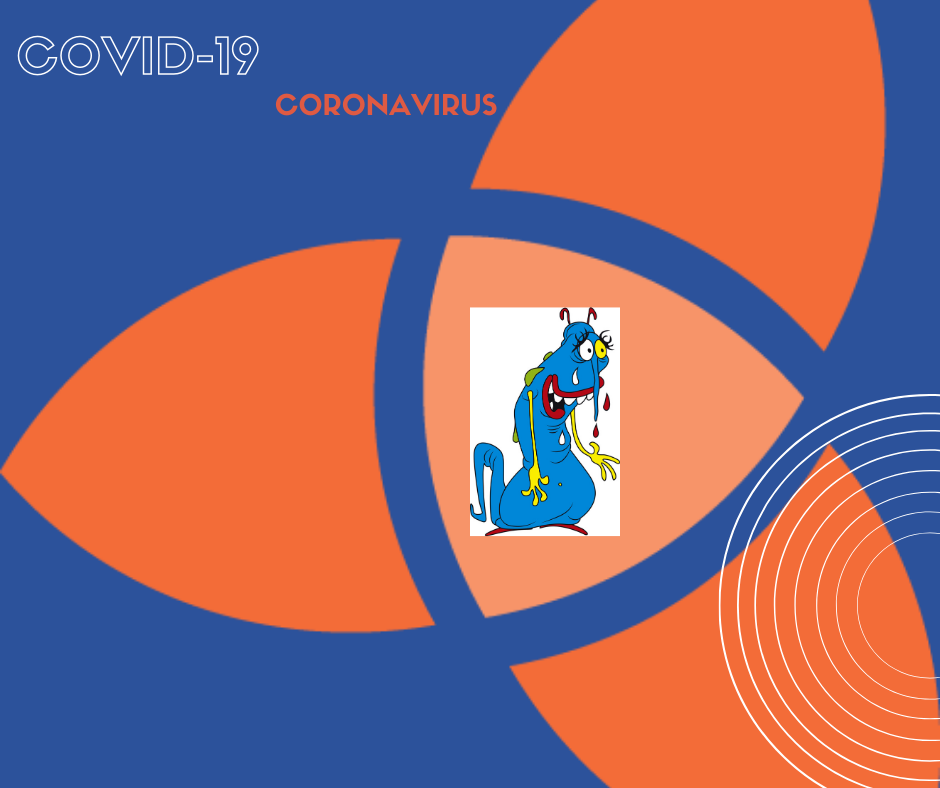
THE CORONAVIRUS (COVID-19) PREPARIDNESSCOVID-19: The virus is believed to spread mainly from person-to-person and between people who are in close contact with one another. When you sneeze or cough small respiratory particles fly into the air about 3 to 6 feet. When an infected person coughs or sneeze’s these respiratory droplets can land in the mouths or noses of people who are nearby or can be inhaled into the lungs. Droplets on surfaces may be infections for about a week on average. Although many types of flu virus have been around years this virus appears to strike with much more severity in certain vulnerable groups. Currently, it appears that older adults or those with underlying health problems make them more susceptible. People who have chronic illnesses should make sure their disease is under control to prevent infection risk. For example, people who have diabetes should make sure their diabetes is under control. As of this date (March 3, 2020) there have been hundreds of cases and no reported death of a child under the age of 10. This virus is not expected to fade as winter turns to spring and then summer. Changing seasons and school vacation may help but are unlikely to stop transmission. COVID-19 appears to be more akin to the common cold than the flu. Symptoms include fever, cough and shortness of breath all of which may appear between two (2) to fourteen (14) days after exposure. Call your doctor if you develop symptoms or have been in close contact with a person know to have COVID-19 or have recently traveled from an area with ongoing community spread of COVID-19. HELP PROTECT YOURSELF AND OTHERS FROM A VIRUS 1) HANDWASHING: Wash your hands frequently with soap and water for 20 seconds, rinse and dry your hands with a paper towel. Don’t touch the faucet handle or door after hands have been washed. Use a paper towel to turn the water off and open the door. Follow what you have learned in SSPA’s CORE class Rule 2105.0375 Subp 2 Hand Washing but skip the air hand dryer which spreads disease. 2) HAND SANITIZER: Use a hand sanitizer with a 60% alcohol-base or more whenever soap and water are not available. You may want to carry hand sanitizer in your car, purse or pocket. After being out in public always wash your hands when you return home. Follow what you have learned in the SSPA CORE class. Rule 2105.0375 Subp 2 Hand Washing. 3) EYES/NOSE/MOUTH: Keep your hands away from your eyes, nose and mouth when touching thing out in public. 4) KLEENEX/NAPKIN/WIPES: Carry these with you when you are out in public. Keep these items available in your purse, pocket with extras in your vehicle. 5) COUGH OR SNEEZE: Use a disposable tissue and discard immediately in a waste receptacle. If you don’t have tissue use your elbow only if you must. An infectious virus can remain on your clothing and be passed on for up to a week or more! Avoid contact with sick people, cover your cough or sneeze and stay home if you’re ill. PRECAUTIONARY TIPS
EXTRA STEP (for those who need it)
BUSINESS OWNERS
Note: Don’t overdo on the hand sanitizer. Hand washing is still the best thing! The Salon and Spa Professional Association CORE class extensively covers the procedures and importance of infection control in all salons. Licensees and salon owners are responsible for following Board of Cosmetology law and rule and infection control practices. This would be a good time to hold a CORE class for your staff. We are scheduling these classes at the Knowledge Loop education center in Bloomington, MN and throughout the State of Minnesota. We can also schedule a private in salon class for you and your staff. We are here to help you! Centers for Disease Control (CDC) - https://www.cdc.gov/coronavirus/2019-ncov/index.html World Health Organization (WHO) - https://www.who.int/ Minnesota Department of Health (MDH) - https://www.health.state.mn.us/
|










